Back in the day, the common way to select rear end gears for a car was downright simple:
In an automatic, whatever ratio was in the transmission, was in the transmission. For a stick, you didn’t have much choice either—usually it was a pick between a wide ratio gearbox and a close ratio example.
Nothing was or could be changed (of course, way back when, there was little transmission gear ratio choice anyway). Out back, it was pretty common to use what the local hot shoe ran (which was most likely a 4.11:1 ring and pinion). With a ratio like that, you were also most likely the king of the hill. The big caveat was if someone showed up with a 4.88:1 gear set out back and could hook it up—then you weren’t king for very long.
The only real criteria for any of the above selection process was the RPM at which the car crossed the finish stripe on the drag strip. If it was sort of scientific, then the finish line RPM was set to coincide with maximum shift point RPM.
Fast forward to today. It’s a different world out there. Modern tuning takes the engine torque curve, the transmission gear ratios, torque converter slippage (and indirectly, the torque converter stall speed), rear axle ratio, and slick roll out dimensions into account as a complete package. While these factors might not seem independently significant, each can have a profound effect upon the real world performance of a car. The key to gearing and outright performance is to take all of the variables into consideration.
Unfortunately, there is no real easy way to predict how all of these variables intertwine to ultimately affect vehicle performance, aside from using a computer simulation program. I’ll get to that in a minute, but there is something to address:
When it comes to selecting gearing combinations for the transmission and the rear axle, there are no hard and fast answers.
The reality, each car will be different. Because of this, there are no definitive conclusions to this particular discussion. Instead, the real purpose here is to establish current trends and perhaps to provide a window into where gearing is headed in the future.
Consider the Engine’s Torque Curve
The first item you must consider is the engine torque curve. It’s something you can’t take lightly when choosing gear ratios.
A very long time ago, one of my magazine assignments was to assemble a dozen winning tips from a dozen winning racers. Bill “Grumpy” Jenkins was one of the first racers I spoke with (believe me, I held Jenkins in reverence, and although Bill has since passed on, I still find much of his insight to be spot on). Although the Grump’s exact words escape me, he felt too many racers over-geared their combinations (this amounted to buzzing them in the lights) and as a consequence, failed to take engine torque and the actual power band into consideration.
The bottom line here is, Jenkins believed that in many cases, a wee bit less rear gear could make a given car quicker, faster, more consistent and ultimately, more reliable. This is still particularly important for street/strip cars or certain sportsman combinations.
Get Into the “Meat” of the Engine’s Powerband
Backing up Jenkins advice was an interesting morsel passed on by the late Harold Bettes who once worked for SuperFlow: “The main object in drag racing is to get the car into high gear as quickly as possible.” Although this might seem mind bending at first glance, if you give it additional thought, it means you should get the engine into the “meat” of the power band as soon as you can. This way, it will accelerate out the back door.
The reality is a good number of racers along with an equally large number of parts manufacturers have been paying attention too. With engine torque bands becoming narrower over the years, transmissions with more gears are also becoming more common. When the power curve moves up, the band of usable power narrows, hence the need for more gears.
Case-in-point: In drag racing, three-speed automatics have almost completely replaced Powerglides in Comp Eliminator as well as in the ranks of Super Stock. That’s also why five-speed manual transmissions have completely transposed the venerable four-speed in all racing classes where they’re legal.
Using an automatic transmission as the example, racers have long known that a Powerglide spends a considerable amount of time “on the converter.” This really means the converter is doing most of the work. Not so much with a three-speed automatic. With these transmissions, more time is actually spent traversing the quarter mile “on the gear.” In the end, less power is wasted due to slippage and more power is applied to the rear wheels.
“Virtual” Re-Gearing
In an effort to illustrate this fact, I plugged three very simple automatic transmission combinations into a Quarter computer drag race simulation program I happened to have. The car in question was a hypothetical platform, operating under ideal SAE “dyno corrected” conditions (60° F, 0′ Elevation, 0% Humidity and a Barometer of 29.92″). The engine displaced 340 cubic inches and produced (at least on paper) 735 HP at 8,900 RPM.
Using a 2,745 pound “door car” as the basis, I ran three tests. The first incorporated a 1.98:1 first gear Powerglide. The second test was identical, with one exception: A Pro Flite with a 2.28:1 first gear and a 1.40:1 second gear (third gear is obviously 1:1) was “installed.” The baseline test with the Powerglide simulated an 8.75 second pass at 154.2 mph. Substituting the three-speed automatic showed a pass of 8.63 seconds at 154.9 mph.
The final test used the Jenkins’ “less-could-be-more” approach. By adding some gear to the transmission (swapping to a 2.40:1 first gear along with a 1.45:1 second) and taking gear out of the rear axle, the elapsed time stayed the same, but the speed increased to 155.4 mph. Engine RPM across the finish stripe came down from 9,840 to 9,560. Just as revealing was the way the power was distributed.
Something became rather clear when considering the combinations: The Powerglide combination spends a good portion of it’s time trying to scramble back to the maximum power peak of the engine. Meanwhile, the three speed combinations are accelerating rapidly toward the gear change (and the end of the drag strip). At least in these simulations, It goes to show that the Powerglide would really “like” an engine with a wider power band than the three-speed.
Does this mean that Powerglides and four-speed manual transmissions are dead? Hardly. There are plenty of situations where the more traditional gear boxes can excel. As an example, an engine with a broad, flat torque curve can usually get down the track and down the road with far less fuss with fewer gears (countless limited tire fastest street cars fit this mold).
A Real Word Gearing Perspective
Of course, theory and reality are often on two different planes: What happens in a computer simulation might have little to do with reality. Given that fact, when I initially did the research for this article, I spoke with another old friend, Marv Ripes, former owner of A-1 Racing Automatics about the real world effects of using a three speed automatic instead of a two-speed. Marv’s comments proved very interesting and informative:
“Your computer simulation wasn’t too far off. Years ago, Doug Lambeck picked up a tenth with a swap from a Powerglide to a three-speed—and that car is similar to the one in your computer test. Of course, not all cars may respond this well, and the improvements really depend upon the combination. At this time, we’re noticing that many racers are just beginning to examine the effects of building a narrow power band engine for use with the three-speeds. In essence, those engines are much like stick shift combinations. We’re sure the trend will go that way. Another item you should think about is this: Converter science with the three-speeds is a whole new world. I won’t mention any names, but we have some people who are now leaving the starting line at peak horsepower with an automatic. That’s 9,000+ RPM. In the past, racers would leave below the power peak, and allow the engine to accelerate. Now, they’re truly leaving like a stick shift car. What the racers are doing is creating the ‘poor man’s’ slipper clutch.”
“As far as the future of three-speed automatics is concerned, we’ve only scratched the surface. Currently, there are more than twenty-five different gear ratio combinations. I’m sure there will be a few more as time goes on. The real opportunity for improvements will come from reducing internal drag. The three-speed is so efficient, we’ve been able to reduce line pressure, and consequently, we’ll soon be able to reduce the size of the bands. Remember though that the Powerglide isn’t dead yet. There are plenty of race cars which will work just as well with a two-speed.”
What About Manual Combinations?
The first thing the transmission shop needs to know is how fast the car will go. They also need to know what the tire diameter is. At this point, they can usually work backward to determine what the rear axle ratio should be along with maximum engine speed. Experience will usually tell them what first gear ratio is required—obviously, a peakier engine, or an engine with less torque will require more first gear in the transmission.
At this point, the shop can calculate the balance of the ratios (either by hand or by way of a computer program). The splits (and accompanying engine RPM drops) are important—they should be as equal as possible. Clever racers will graph out gear ratios along with RPM drops in a typical quarter mile. With that a smart racer can use gearing to his or her advantage on a bad track. Let’s say there’s a bump in the track at the 300-foot mark. If the ratios you’ve selected for the transmission mean you have to shift at the bump in the track, you can change ratios to avoid this conflict. In this case, the car will actually go quicker and faster if you can get over the bump without shifting—even if it means the ratios aren’t ideal.
The Takeaway
When all is said and done, you can see that engine combinations with a “peaky” power band along with transmissions with more forward gears is here to stay. The real key to optimum performance however is to take the engine torque curve, the transmission gear ratios, torque converter (or clutch) slippage, torque converter stall speed, rear axle ratio, and final tire roll out dimensions into consideration as a complete package.
If you do, your car will fly.
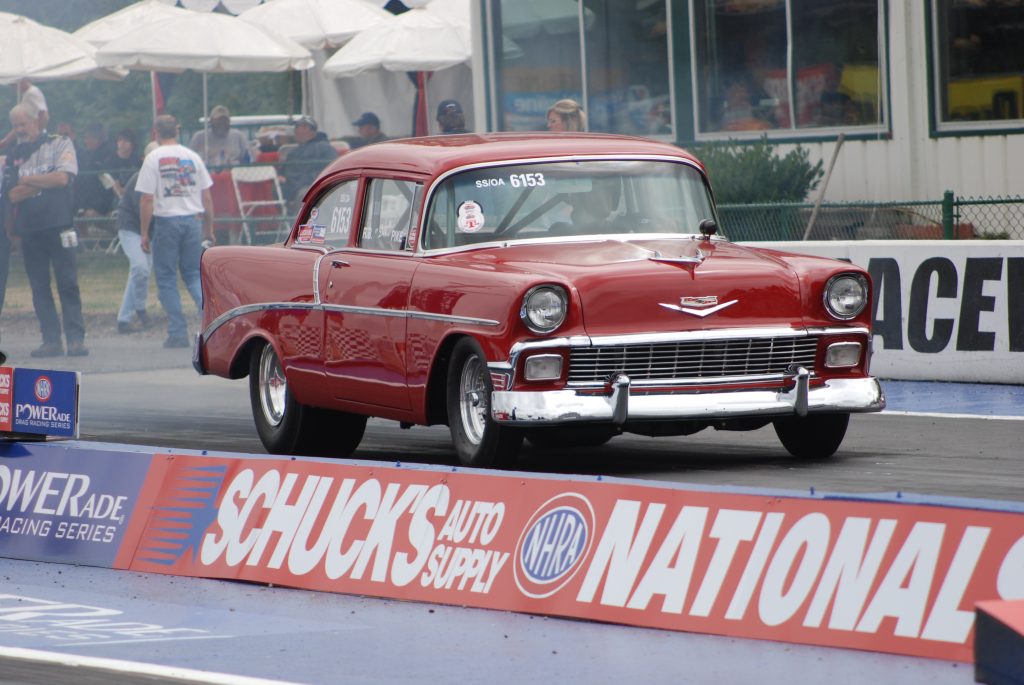
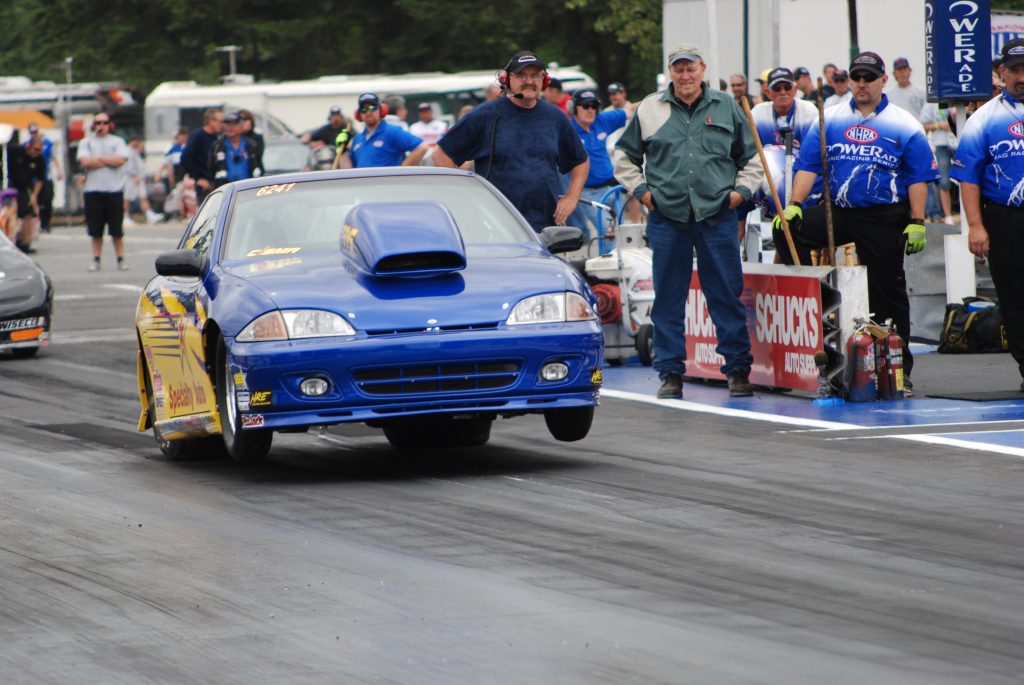
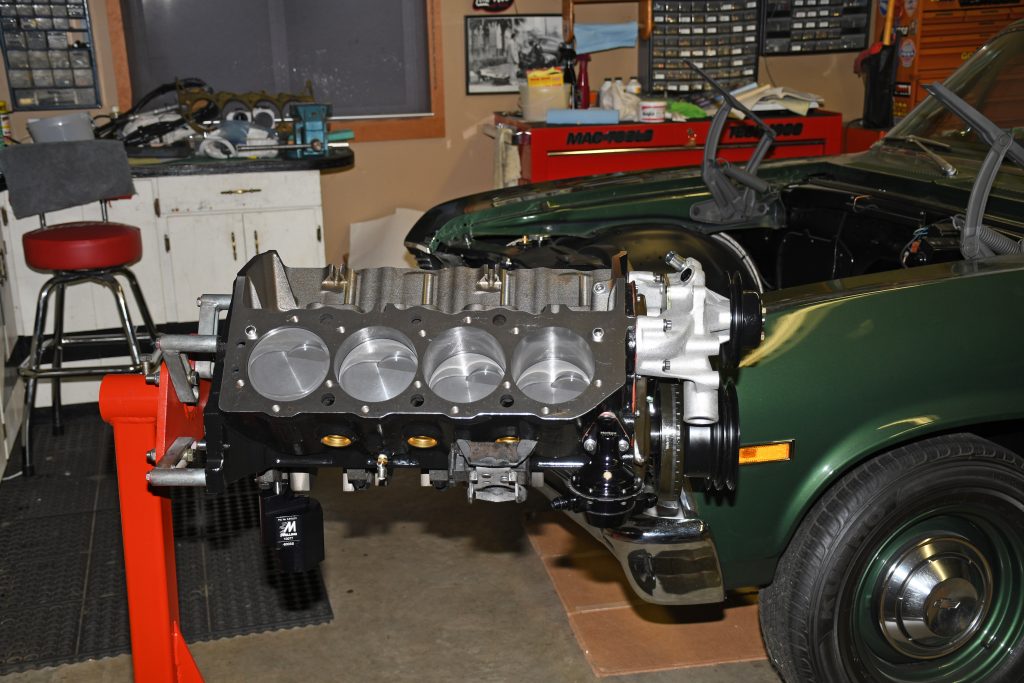
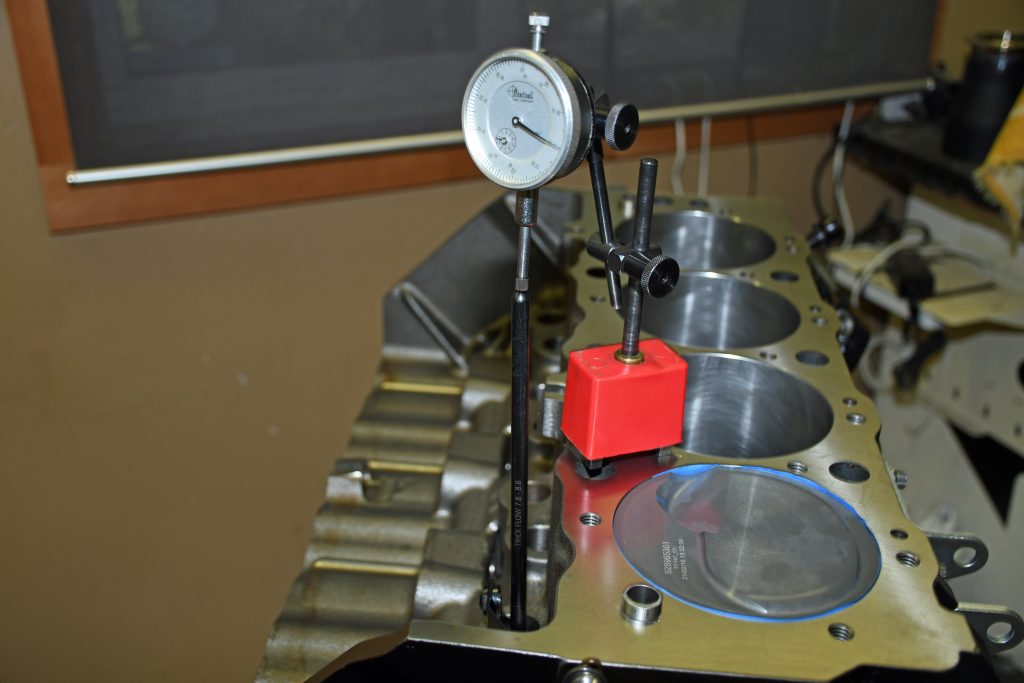

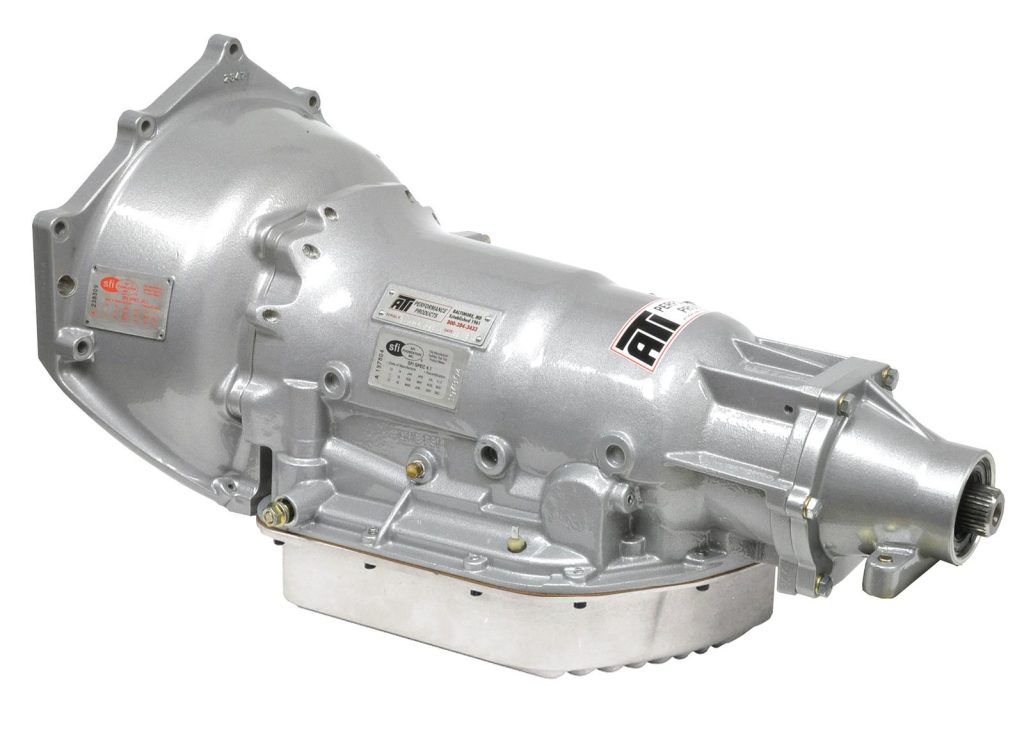
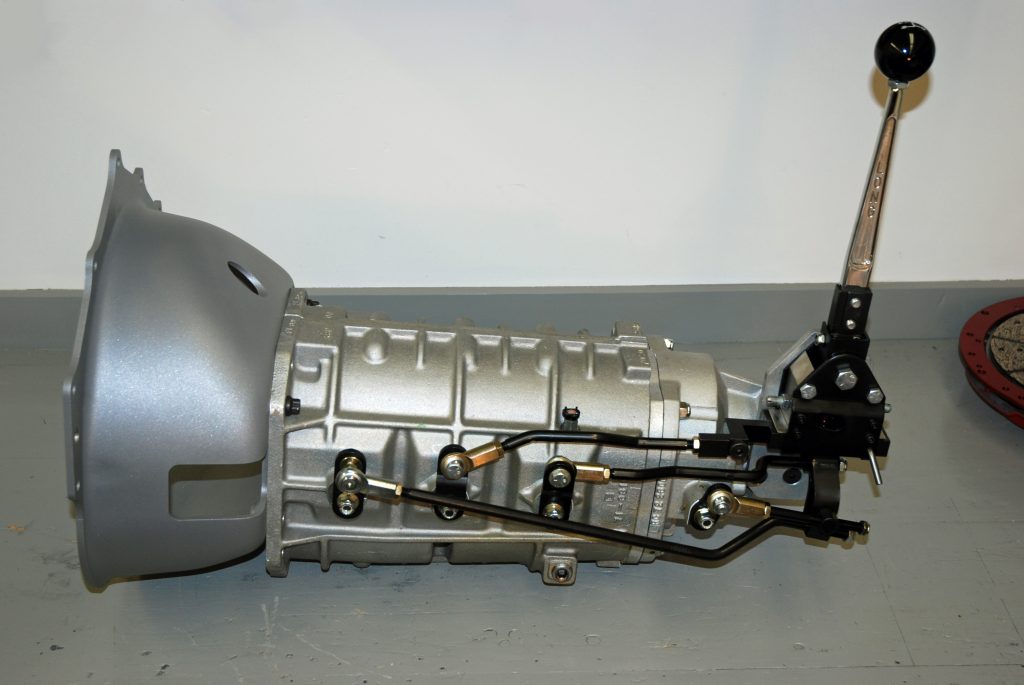
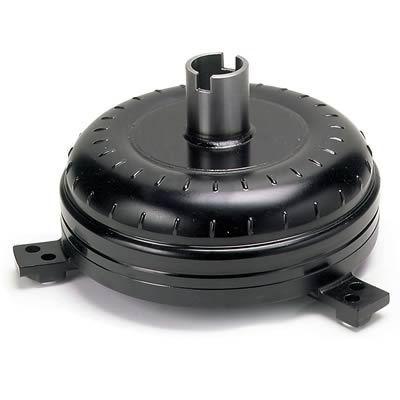
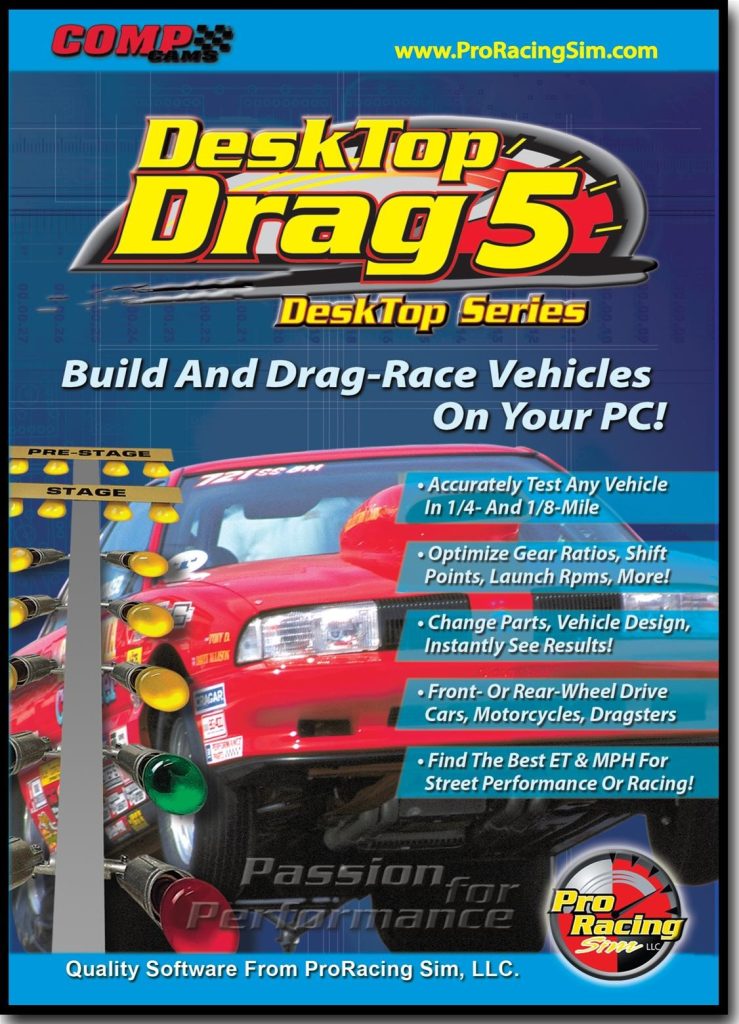

Comments